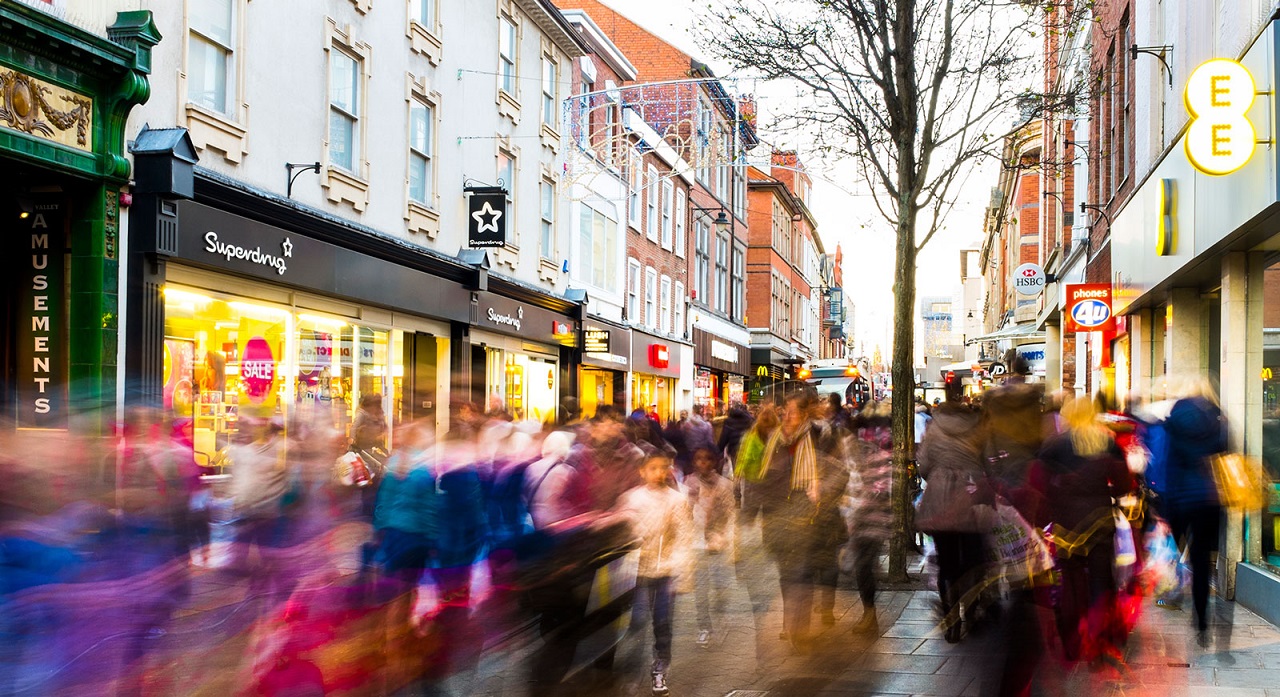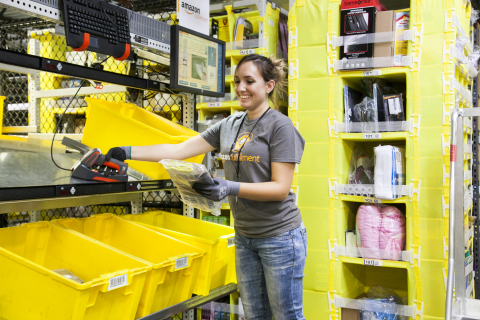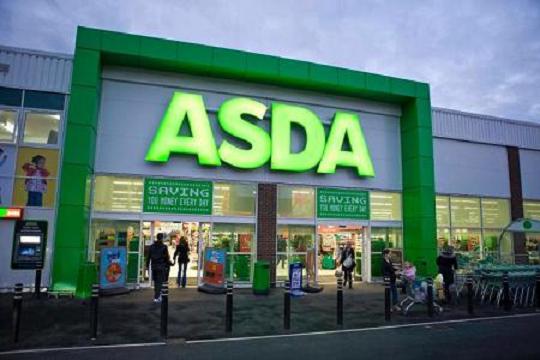Amazon has attributed a 19 per cent rise in its carbon emissions to the significant growth of the business in the last year.
This week the e-commerce giant published its carbon footprint, reporting the emission of 60.4 million metric tons of CO2, up from 51.17 million in the previous year.
Emissions from direct operations were up by 67 per cent in total, with fossil fuel emissions increasing 69 per cent, and refrigerant emissions surging 32 per cent.
The company claimed that while its carbon footprint reflects the growth of the business to meet increased customer demand during the Covid-19 pandemic, it had made significant progress in reducing the carbon intensity of its business activities.
Amazon’s carbon intensity dropped by 16 per cent last year.
Carbon intensity refers to the number of grams of carbon dioxide it takes to make a unit of power.
The National Grid says that when electricity is generated using coal power stations, for example, the carbon intensity value is high as carbon dioxide (CO2) is produced as part of the power generation process.
Renewable forms of generation such as hydro or solar produce almost no emissions, so their carbon intensity is very low.
Amazon said that a reduction in carbon intensity was driven by a number of investments in renewable energy to power fulfilment facilities, efficiencies in the transportation network to deliver packages, and reductions in the packaging materials used for each package.
But the company said it would take several years for the carbon reduction benefits of these investments to be fully reflected in its footprint.
Latest News
-
Walmart to roll out AI audience sensors across hundreds of Mexican stores
-
Carrefour expands to Ethiopia through new partnership
-
Shoppers pay for items directly in Microsoft's Copilot through PayPal partnership
-
Very group lines up £2bn sale as Carlyle takes control
-
Tesco data shows only quarter of grocery purchases are habitual
-
ICO says personal shopping ‘AI-gents’ could arrive in next 5 years
Beyond Channels: Redefining retail with Unified Commerce
This Retail Systems fireside chat with Nikki Baird, Vice President, Strategy & Product at Aptos will explore how unified commerce strategies enable retailers to tear down these barriers and unlock new levels of operational agility and customer satisfaction.
The future of self-checkout: Building a system that works for consumers and retailers
In this webinar, industry leaders discussed what the future of self-checkout looks like and how retailers can make the technology work for everyone.
© 2024 Perspective Publishing Privacy & Cookies










Recent Stories